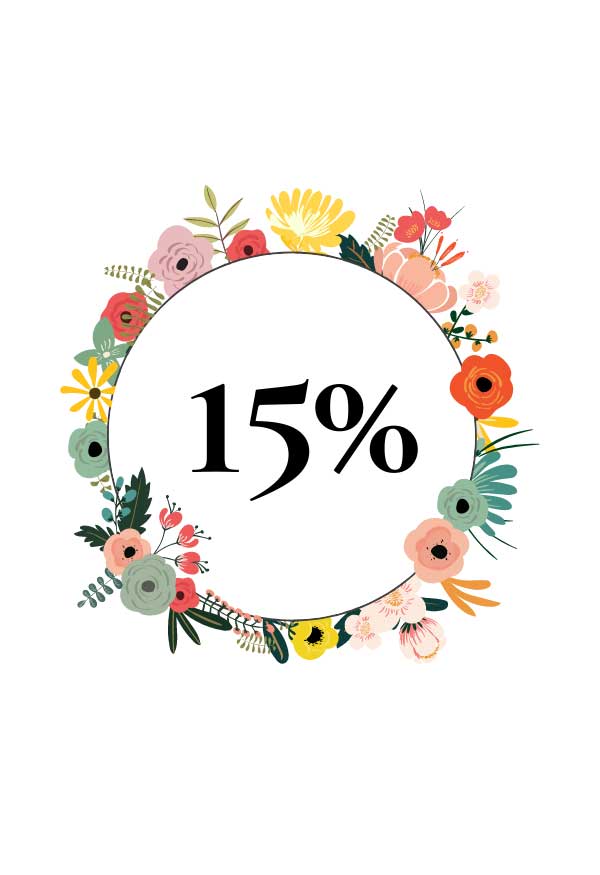| Common name(s): |
lemon balm, bee balm, sweet balm |
| Family: |
Lamiaceae |
| Origin: |
Europe, central Asia |
| Parts used: |
aerial parts |
| Constituents: |
volatile oils (citral, citronellal, citronellol, geraniol), labiate tannin, phenolic acids, triterpenes, monoterpene, glycosides, flavonoids polyphenols (chlorogenic, rosmarinic and caffeic acids), lavonoids (luteolin, quercitin, apigenin, kaempferol) |
| Therapeutic actions: |
carminative, febrifuge, nervine, sedative, diaphoretic, antidepressant, anti-microbial, antispasmodic, anti-histamine, hepatic, cardiotonic
|
| Organs or systems affected: |
central nervous system, gastrointestinal system, respiratory system, skin |
| Main medicinal uses: |
- calms nerves and fights depression and anxiety
- reduces fever
- improves sleep
- promotes memory and brain health
- helps with weight loss
|
| Counterindications: |
Some research cautions the use of lemon balm for patients with a propensity toward hypothyroidism, because the herb affects thyroid stimulation hormone levels |




